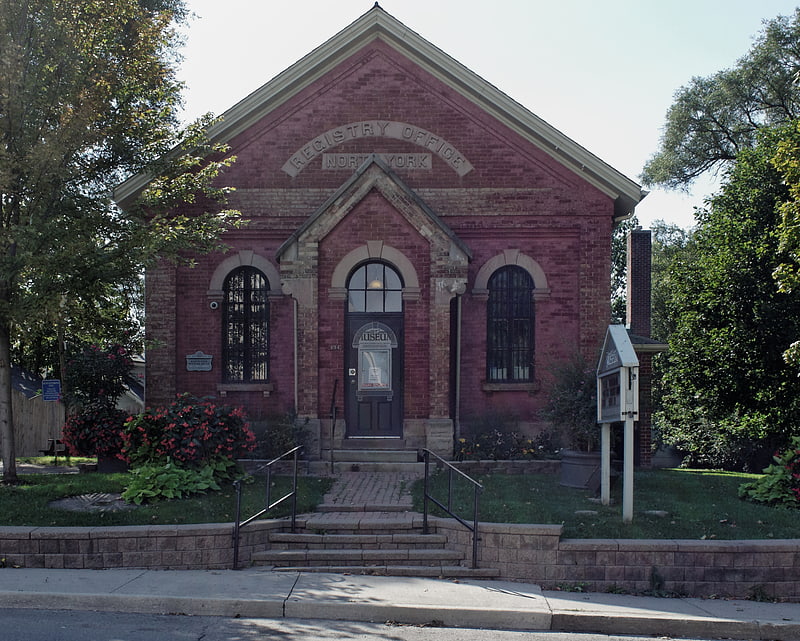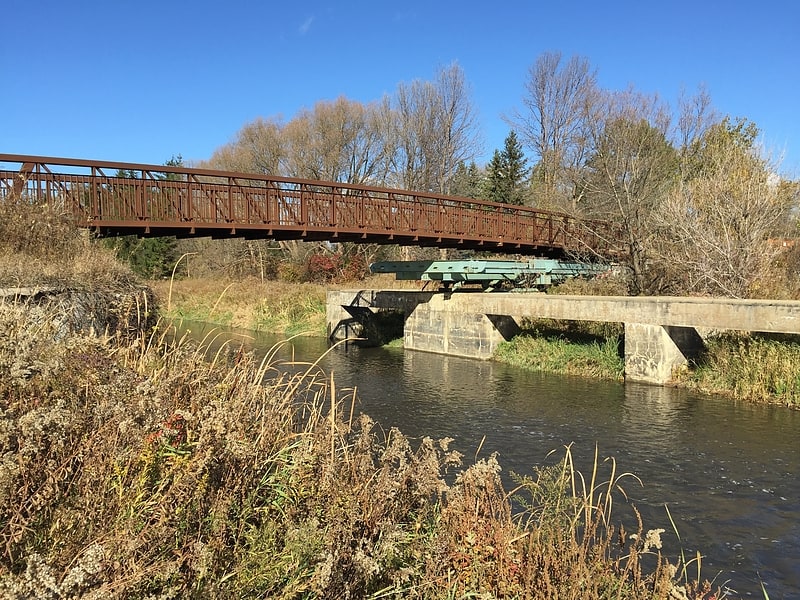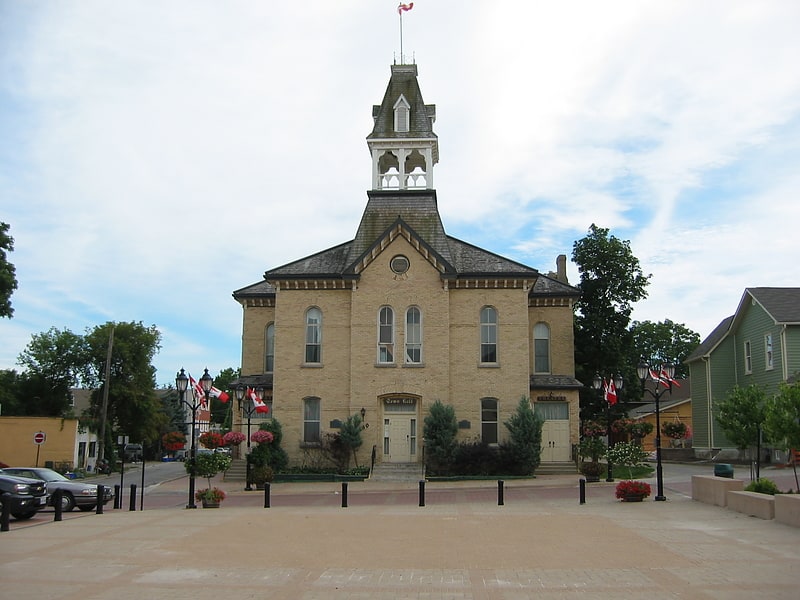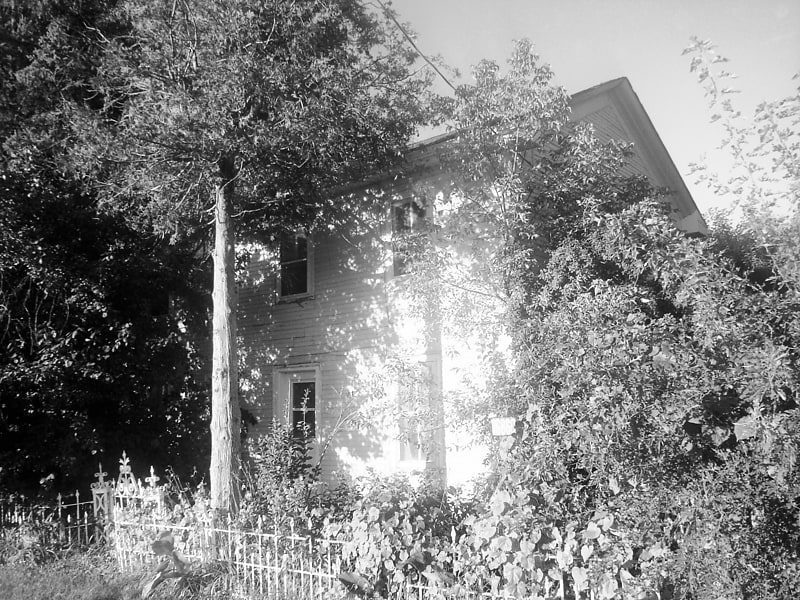Discover 5 hidden attractions, cool sights, and unusual things to do in Newmarket (Canada). Don't miss out on these must-see attractions: Elman W. Campbell Museum, Newmarket Canal, and Old Newmarket Town Hall and Courthouse. Also, be sure to include Select Art Galleries in your itinerary.
Below, you can find the list of the most amazing places you should visit in Newmarket (Ontario).
Table of Contents
Elman W. Campbell Museum

The Elman W. Campbell Museum is a museum in Newmarket, Ontario. Beginning with the first Quaker settlers in the early 1800s, the museum covers the history of Newmarket and the surrounding area, with a focus on local artifacts and their significance. It has several permanent exhibits, as well as space for temporary exhibits. Also available are community group programs for elementary school students and groups such as Scouts Canada.
The museum is located at 134 Main Street South and is wheelchair accessible.[1]
Address: 134 Main St S, L3Y 3Y7 Newmarket (Newmarket)
Newmarket Canal

The Newmarket Canal, officially known but rarely referred to as the Holland River Division, is an abandoned barge canal project in Newmarket, Ontario. With a total length of about 10 miles, it was supposed to connect the town to the Trent–Severn Waterway via the East Holland River and Lake Simcoe. Construction was almost complete when work was abandoned, and the three completed pound Locks, a swing bridge and a turning basin remain largely intact to this day.
The project was originally presented as a way to avoid paying increasing rates on the Northern Railway of Canada, which threatened to make business in Newmarket uncompetitive. The economic arguments for the canal were highly debatable, as the exit of the Waterway in Trenton was over 170 kilometres (110 mi) east of Toronto, while Newmarket was only 50 kilometres (31 mi) north of the city. Moreover, predicted traffic was very low, perhaps 60 tons a day in total, enough to fill two or three barges at most.
From the start, the real impetus for the project was a way to bring federal money to the riding of York North, which was held by powerful Liberal member William Mulock. That it was a patronage project was clear to all, and it was under constant attack in the press and the House of Commons. As construction started in 1908, measurements showed there was too little water to keep the system operating at a reasonable rate through the summer months. From then on it was heaped with scorn in the press and became the butt of jokes and nicknames, including "Mulock's Madness".
The canal was one of the many examples of what the Conservative Party of Canada characterized as out-of-control spending on the part of the ruling Liberals. Their success in the 1911 federal election brought Robert Borden to power and changes at the top of the Department of Railways and Canals. They quickly placed a hold on ongoing construction, and a few weeks later, ended construction outright. Today, locals refer to it as "The Ghost Canal".[2]
Old Newmarket Town Hall and Courthouse

Old Newmarket Town Hall and Courthouse is a historic structure in Newmarket, Ontario and served as town hall, county offices and courthouse.[3]
Select Art Galleries

Museum
Address: 16686 Yonge Street, Newmarket (Newmarket)
Bogarttown

Bogarttown is a community located at Mulock Drive and Leslie Street between Bayview Avenue and Woodbine Avenue in York Region, Ontario, Canada. Formerly a distinct rural hamlet, it is now a part of the Town of Newmarket, Ontario both administratively and more recently geographically owing to sprawling suburban development. The name is occasionally seen misspelled as Bogartown.
In 1805 John Bogart built a sawmill at the corner of what is now Mulock and Leslie. In following years a grist mill (1806) and woollen mill (1808) were added and a small community grew up around them. Bogart Pond is still there, though now surrounded by homes and condominiums, and the former community of Bogarttown has now all but been swallowed up by the rapid expansion of Newmarket.
The "Bogarttown Curve" was a locally known highway curve on the northeast corner of Mulock Drive and Leslie Street - the ambition of many local teenagers was to see what speed they could achieve around this curve. It was immortalized in song in 1995 by Andrew Walker in the song Bogarttown Curve performed by The Mummble Ducks. The Bogarttown curve and a corresponding curve at the intersection of Vivian Road and Woodbine Avenue (the "Pleasantville Curve") were installed to improve traffic flow in the 1960s, but removed as the intersections were upgraded again in the late 1990s and the traffic load on Woodbine Avenue fell dramatically when the 404 reached Mulock drive. The Bogarttown curve was for sale for development in 2005.
The Bogarttown schoolhouse (built in 1857 and believed to be the oldest brick schoolhouse in the province) became the original site of the Whitchurch-Stouffville Museum in 1971, but was moved to the community of Vandorf, Ontario after expropriation in 1978 for the construction of Highway 404. The actual Highway 404 extension was not completed until 1989 and now passes directly over the school's former location.
Bogarttown never grew into a large town, most likely because it was bypassed by the railway in the 1850s, unlike Newmarket.
Nearby Bogart Public School was named in honour of John Bogart and this pioneer community.[4]